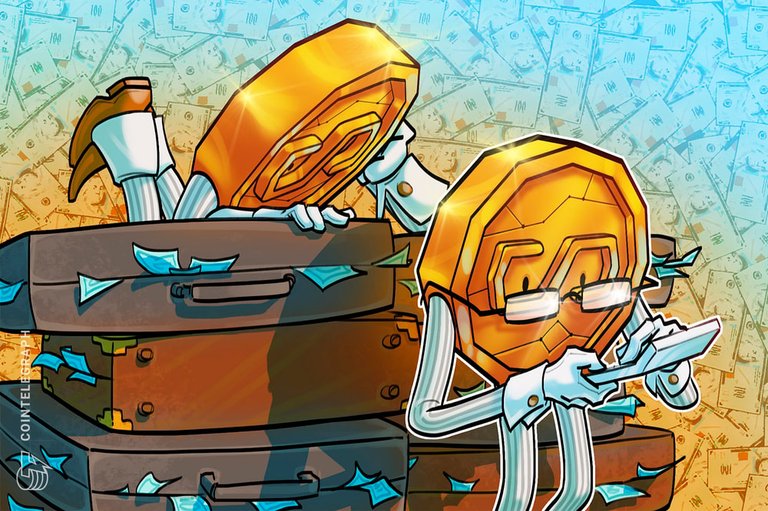Businesses will issue custom stablecoins: what this means for the banks
The business of the banks is under attack as tokenization of fiat currencies eliminate the need for intermediaries in financial transactions, but there are ways they can adjust as stablecoins become an integral part of global economies.
Stablecoins adoption is inevitable, and a significant effect of this will be seen in how businesses adjust in terms of employed systems for payments and income inflow management.
As stablecoins essentially pull control away from the banks, it would only make sense that businesses opt for directly controlling the means of value flow, rather than embracing options issued by standalone third-parties.
The bigger picture here is that a lot of businesses are likely to adopt closed payment systems through custom stablecoins, effectively saving on costs and gaining more liquidity flow control.
However, this creates a problem because when several businesses, globally, issue custom stablecoins, the stablecoin market expands in options, creating a lot of fragmentation of liquidity in the process. Flaws such as price instability may ensue, creating a market opportunity that can be filled by established stablecoin issuers and the banks.
Stablecoins launch infra: saving the banks?
Of course this isn't something only the banks can fill, existing stablecoin issuers are likely going to be a major direct competitor to banks in the game of infrastructure solutions for stablecoin launches and beyond this, existing traditional payments and Fintech companies are likewise going to try their hands in this market.
We already see this happening with Stripe through bridge. The companies that become the go-to infra solution for stablecoins launches will be those with effective management tools and security and stability features including price protection.
The business model of holding custody of individuals and capitalizing on user deposits is in its last days.
It will be a dead model in a few years, effectively making the banks, in their current design, irrelevant.
However, adjustments can be made to capitalize on the shift. Businesses, particularly, will become the major points of capital concentration. Of course, this has always been the case, but the difference is that with traditional finance, said capital flowed through the banks, so they controlled every part of it, but with stablecoins, they are settled on-chain, and held in self-custody at every major point unless specifically designed otherwise.
Now being in self-custody right from the users to the businesses may appear to defeat the idea of businesses being the point of capital concentration but that's only when one doesn't consider what stablecoins these users will transact in.
If for instance, Amazon launches a stablecoin, and users pay for products on Amazon in said stablecoin, the company effectively becomes the point of capital concentration because the transacting currency is a custom stablecoin of the platform.
It's now more about the transacting token, not about custody of it all. Tokenization changes how we monetize, taking away the need to keeping the money within a closed system.
Being in self custody matters little because for each stablecoin in circulation, an equivalent deposit of the underlying fiat currency is held by Amazon. Demand for the Amazon stablecoin = growing fiat reverses, which generally means that Amazon earns a pile of cash that it can invest into treasuries for yield whilst still being able to function properly as said cash pile still has its tokenized representative on-chain which can still be used for continued business operations.
Simply because more and more businesses are going to likely opt to try their hands on experiments of custom stablecoins, the smart move for the banks would be to adjust to offering the infrastructure solution for said businesses to issue and manage their custom stablecoins, effectively shifting the focus away from controlling individual finances to offering system solutions leveraged by businesses for income inflows management.
Posted Using INLEO

If there are no fees attached, exactly how is it that the Trump family has made fifteen million off fees? Don't confuse the fees with their billions in holdings, they are two separate things. Who is paying these fees? Another question in the back of my mind, was if this was from mining, (the fees), how many miners in so short of a time have made fifteen million off mining?
I don't think there's any such thing as miners revenue when it comes to Trump’s family stablecoin so the revenue you seem to be talking about is definitely from something else.
Given that the Trump family isn't exactly transparent with its world liberty project, there's no way to know.
Certainly stablecoins can be designed to have fees paid to the issuer with every transaction on-chain but I don't think that would be a good idea, so the primarily means of generating income would be through investment of reserves in treasuries.